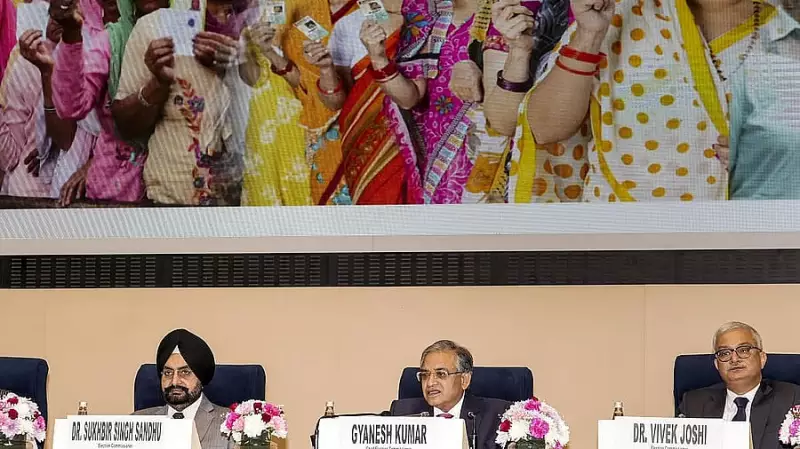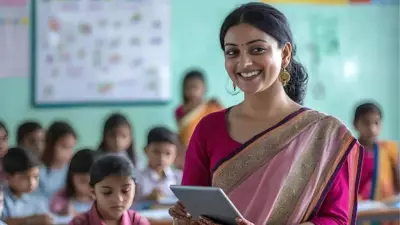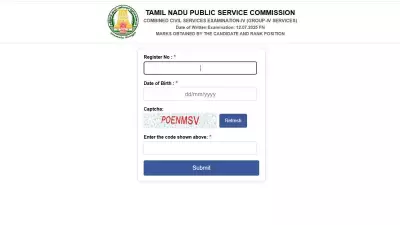
India's educational landscape is undergoing its most profound transformation in decades, with the National Education Policy (NEP) 2020 emerging as the catalyst for what many are calling the 'Sir 2.0' era. This revolutionary approach moves beyond traditional rote learning to create an ecosystem where artificial intelligence, institutional autonomy, and student-centric flexibility converge.
The Trust-Based Revolution in Higher Education
At the heart of this transformation lies a radical shift in governance. The University Grants Commission (UGC) is transitioning from a rigid regulator to a facilitator of excellence. Through the 'graded autonomy' framework, high-performing institutions now enjoy unprecedented freedom to innovate their curriculum, establish new programs, and forge international partnerships without bureaucratic hurdles.
This trust-based approach represents a fundamental reimagining of the government-education relationship. By empowering institutions that demonstrate excellence, the system creates natural incentives for quality improvement across the board.
Artificial Intelligence: The Classroom Revolution
The NEP's vision extends far beyond administrative reforms. It actively embraces artificial intelligence as a transformative force in education. From personalized learning paths to intelligent tutoring systems, AI is being integrated to create more engaging and effective educational experiences.
This technological integration addresses one of India's most significant challenges: scaling quality education to meet the needs of its vast student population while maintaining personalization and quality.
Flexibility and Multidisciplinary Learning
The policy dismantles traditional academic silos through several key innovations:
- Multiple Entry and Exit Points: Students can now pause and resume their education, with academic bank of credits ensuring no learning is lost
- Interdisciplinary Programs: Engineering students can study philosophy, medical students can explore ethics, breaking down artificial disciplinary boundaries
- Digital University Initiative: Bringing quality education to remote areas through technology-enabled learning
The Road Ahead: Challenges and Opportunities
While the vision is ambitious, implementation remains key. Ensuring equitable access across urban and rural divides, training educators for this new paradigm, and maintaining quality standards during rapid expansion present significant challenges.
However, the potential rewards are enormous. By creating an education system that values creativity, critical thinking, and adaptability over memorization, India positions itself to become a global knowledge leader rather than merely a source of skilled labor.
The true success of Sir 2.0 will be measured not in policy documents, but in classrooms across the nation, where a new generation of Indian students will experience learning that prepares them not just for exams, but for life.





